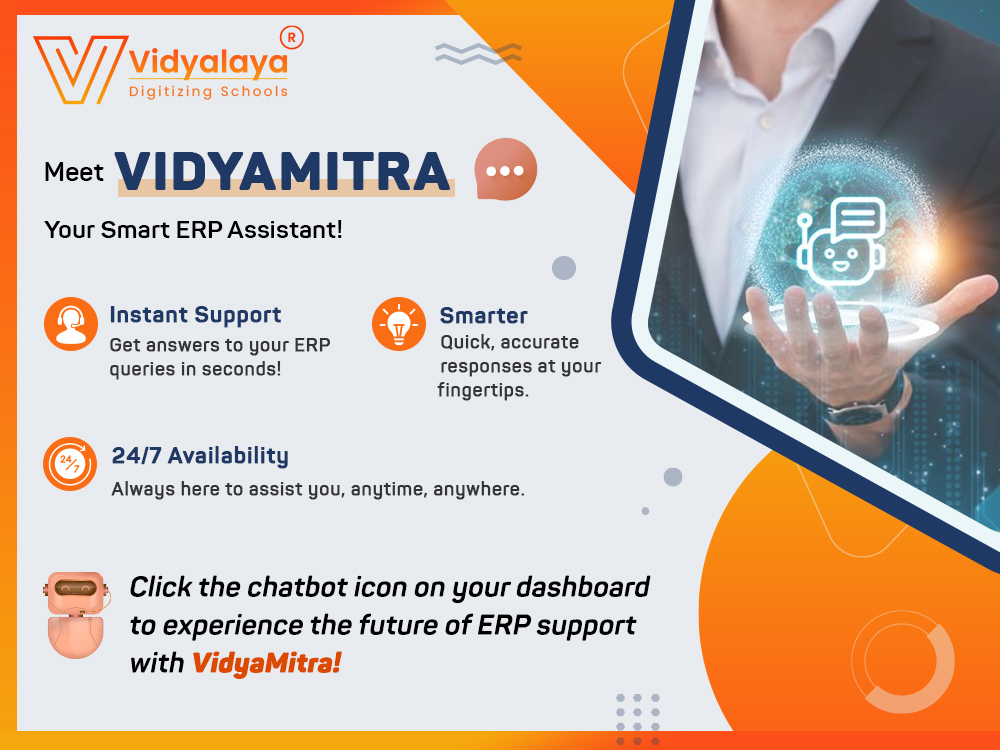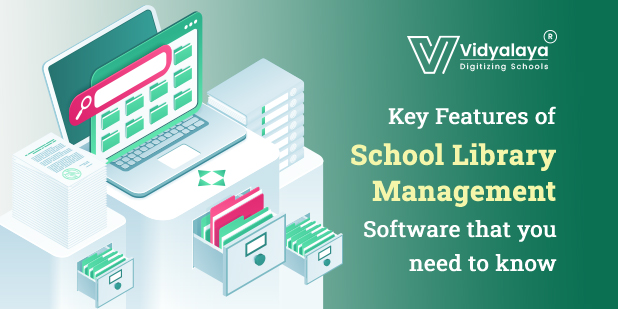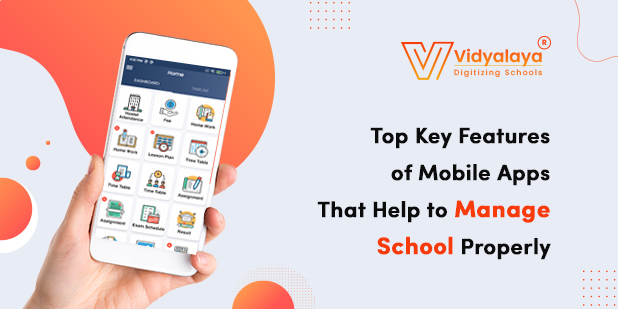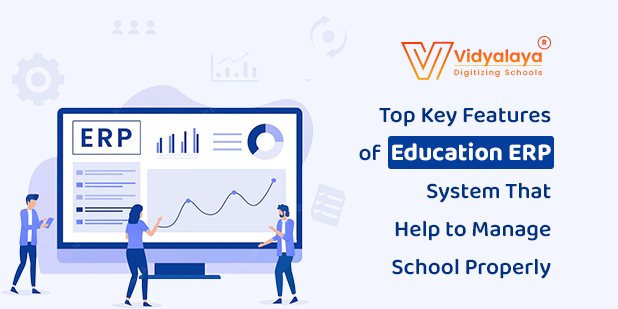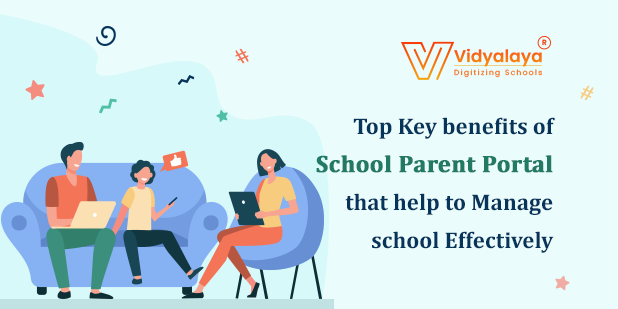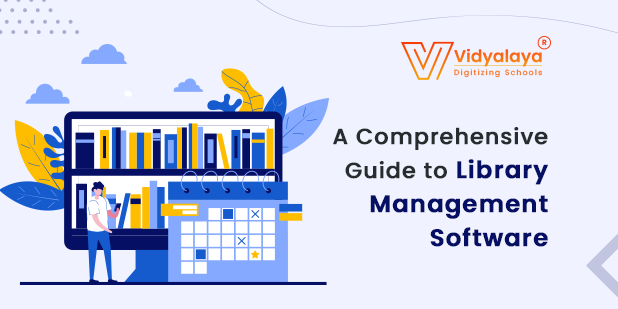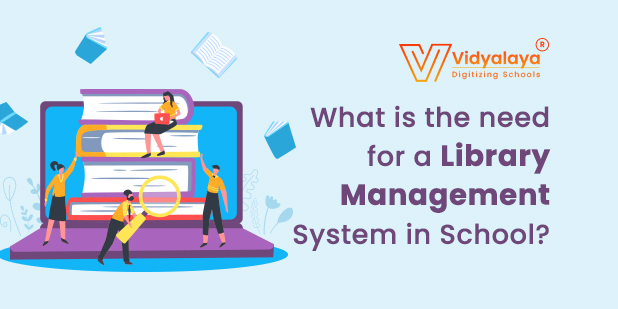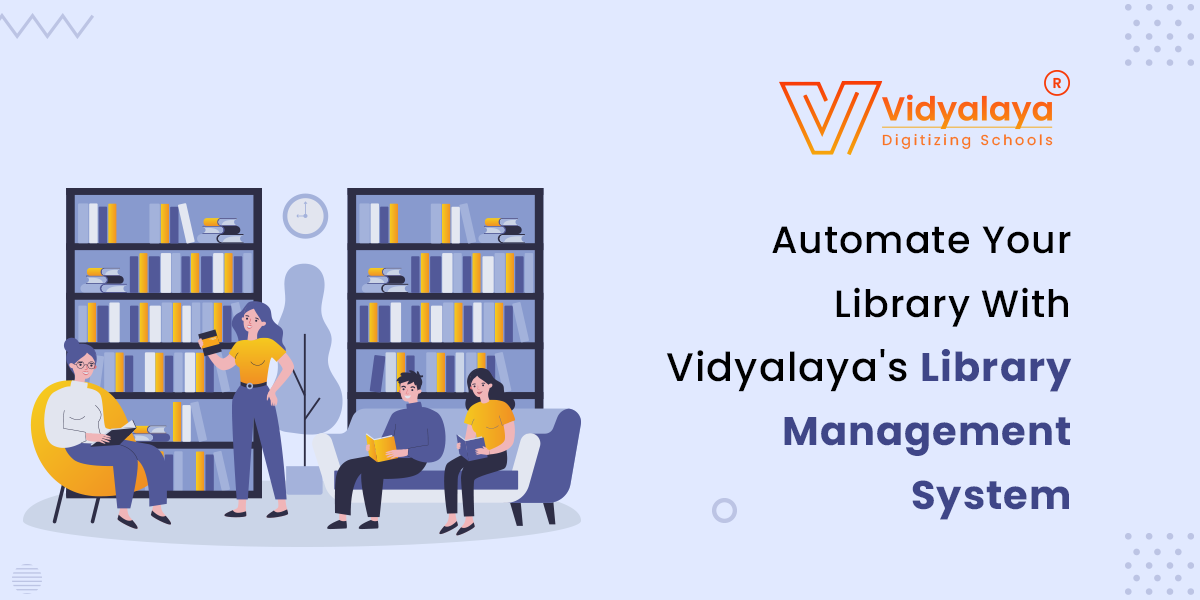Libraries are evolving to fit into an increasingly digital environment as technology transforms our lives in various ways. Library management systems react to the difficulties libraries confront in bridging the information gap between the student body and an institution’s information bank.
A school library management system can be a stand-alone system or part of a larger School ERP system. Finding the correct solution for your library will save operational costs while saving time for both users and library personnel.
The finest library management system software includes the following features:
If your educational institution is automating library management for the first time, it might not be very safe. It is critical to make the appropriate choice because the LMS must precisely meet your needs. A good library management system will have several subsystems. Is it possible to reach them by phone, email, or chat?
1. Acquisition management module
Libraries must constantly replenish their resources, yet the entire acquisition cycle is time-consuming and labour-intensive. The Acquisition Management Module makes it easier to keep track of all the different cogs involved. IT begins with resource selection, which is accomplished through pre-order bibliographic searches of the library catalog to eliminate duplication.
- The order is placed
- Payment is made to vendors
- The goods are received
- Invoices processed
- Automatic allocation of book IDs to new acquisitions
- Quality checked,
- Records of the acquisitions are maintained
2. Catalog management module
Catalog management, the process through which metadata describing your library’s knowledge resources such as books, articles, documents, audio recordings, maps, and digital information, is a critical aspect. The program will retain a digital record of what is available in the library and catalog the information by title, subject, author, and publication date.
The system catalogs library resources using rack numbers and location identifiers. As a result, students and faculty know which shelf on which rack the book or knowledge resource they need can be found.
3. User management module
A detailed database of users is created, including their name, ID, login, and password—this aids in tracking the member’s library usage. A multi-user environment also assures that multiple users may use the software without experiencing speed or access concerns.
4. Circulation management module
The library management system uses barcodes, smart cards, and RFID to track the movement of books and verify stock. RFID is a technology that uses automatic data gathering and identification (AIDC). Here, radio waves are used to capture digital data stored in RFID tags or smart labels, which are then directly loaded into computer systems. Even if the electronic reader is not directly viewed of the RFID tag, it can read the data. Barcodes, on the other hand, must be aligned with an optical scanner.
Smart cards are distinct from RFID tags in that they combine RFID and barcode technology. Students’ ID and library cards are also equipped with tag or barcode connectivity with your school ERP’s library management system. RFID technology, which is newer than barcode integration, has the disadvantage of being more expensive in RFID cards, tags, and readers.
Scannable barcodes are a visual representation of the unique item number assigned to each resource that can be read electronically by a scanner. Coding is done based on the title, author, topic, and date of publication. Each barcode corresponds to a matching item in a computer database, which is immediately updated when books are scanned for issuance or return.
Students should be able to go to the library area of the school or college website and look for their topic using the search tool. The librarian and students should search by author, subject, or even publisher names or build the search field with search filters based on their needs. The search result will tell the user if the resource is available and where to find it. If the book is checked out, it can also send notifications when a certain book becomes available.
5. Online Public Access Catalog (OPAC)
Because of the pandemic, the benefit of an online public access catalog system has been highlighted during remote learning. Students can look for books, e-resources, and journals from anywhere and are not restricted to the library’s grounds.
To access the catalog, students will need to input their login credentials and password via the web. The search results could provide students with direct electronic access to the resources or guide them to their physical location in the library.
6. Fee management module
The software monitors individual student accounts and keeps track of membership costs. If a book is not returned, is lost, or is damaged, the software calculates the fee owed by the student by automatically calculating days from the due date. Following that is informing the student of the fine and ensuring that the student’s use of the library’s resources is restricted until the fine is paid.
How to Select the Most Appropriate Library Management System Software
Most of the library management systems would provide similar basic functionalities. The differentiator is how that feature is implemented and whether it meets the needs of your institution or college. Concentrating on these factors may help you make the best decision.
- The total cost of ownership– When your vendor gives you pricing, make sure you examine the initial expenditures such as installation, data conversion and training, bar code scanners, and maintenance and cloud subscription charges.
- Multi-location institution – Check to see if the system will allow you to treat each campus as a separate entity while still allowing you to search across sites if necessary.
- User-friendly- The system should be simple to use for both students and non-library employees.
- Vendor sales team – Is the sales team well-informed and responsive? Request references from current users so that you can determine whether the product is all that it is cracked up to be.
- Technical support – Ensure that you will have access to a competent technical support team. What is the company’s stance on updating and upgrading?
- Is there a fully functional trial version of their program or a live demonstration available so you can see what they have to offer?
- Training– What are my training options? How many persons can participate? What do you think it’ll take? How much will it set you back?
- Customizable– Will you be able to alter the appearance and functionality of reports, templates, and the catalog, or will the formats be templated?
- Flexibility– Does the system allow for expansions and upgrades? For example, an open API ecosystem will allow you to quickly interface with other services, such as viewing third-party catalogs if you have an agreement with other educational libraries.
Contact us for a consultation on your School Library Management Software needs or look at the features offered in our tried-and-tested library management system.

